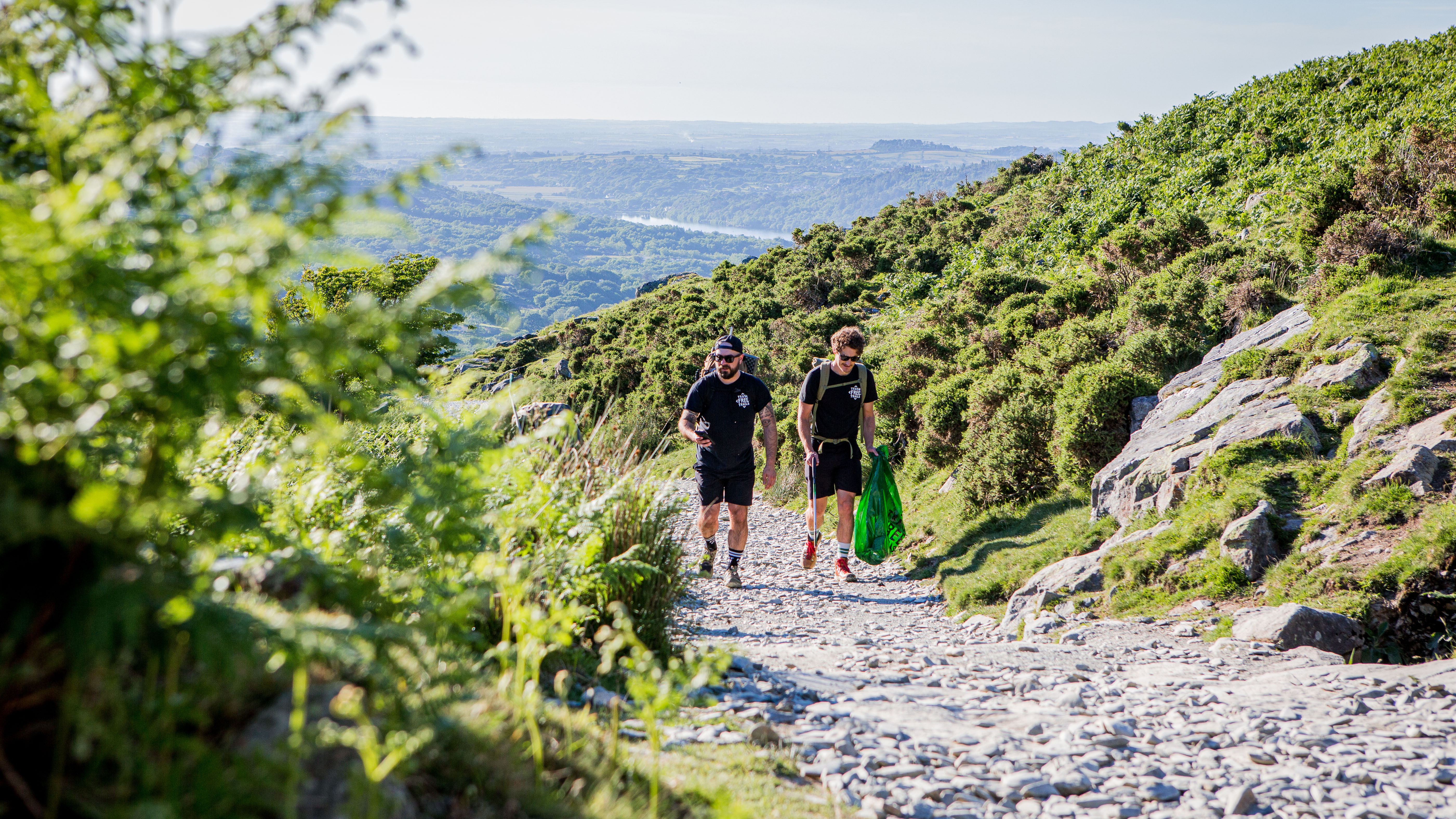
There’s something very special about planning and taking on a meaningful mission. A good outdoor experience can make you feel great for hours afterwards, but completing an adventure with a real purpose leaves you buzzing for days.
What makes an adventure purposeful? The scope is wide and there’s no hard and fast definition, but basically you simply need to have a positive objective in mind when you set off for your hike, bike ride, run, ramble, scramble – whatever kind of outdoor escapade you’re embarking on.
The idea of setting up a Purposeful Adventures campaign was conceived by Trash Free Trails, an organisation dedicated to cleaning and improving paths, bridleways, tracks and trails – all the routes we use to access and explore the green spaces and outdoor environments that so enrich our adventure lives, but that can be spoilt by the presence of rubbish.
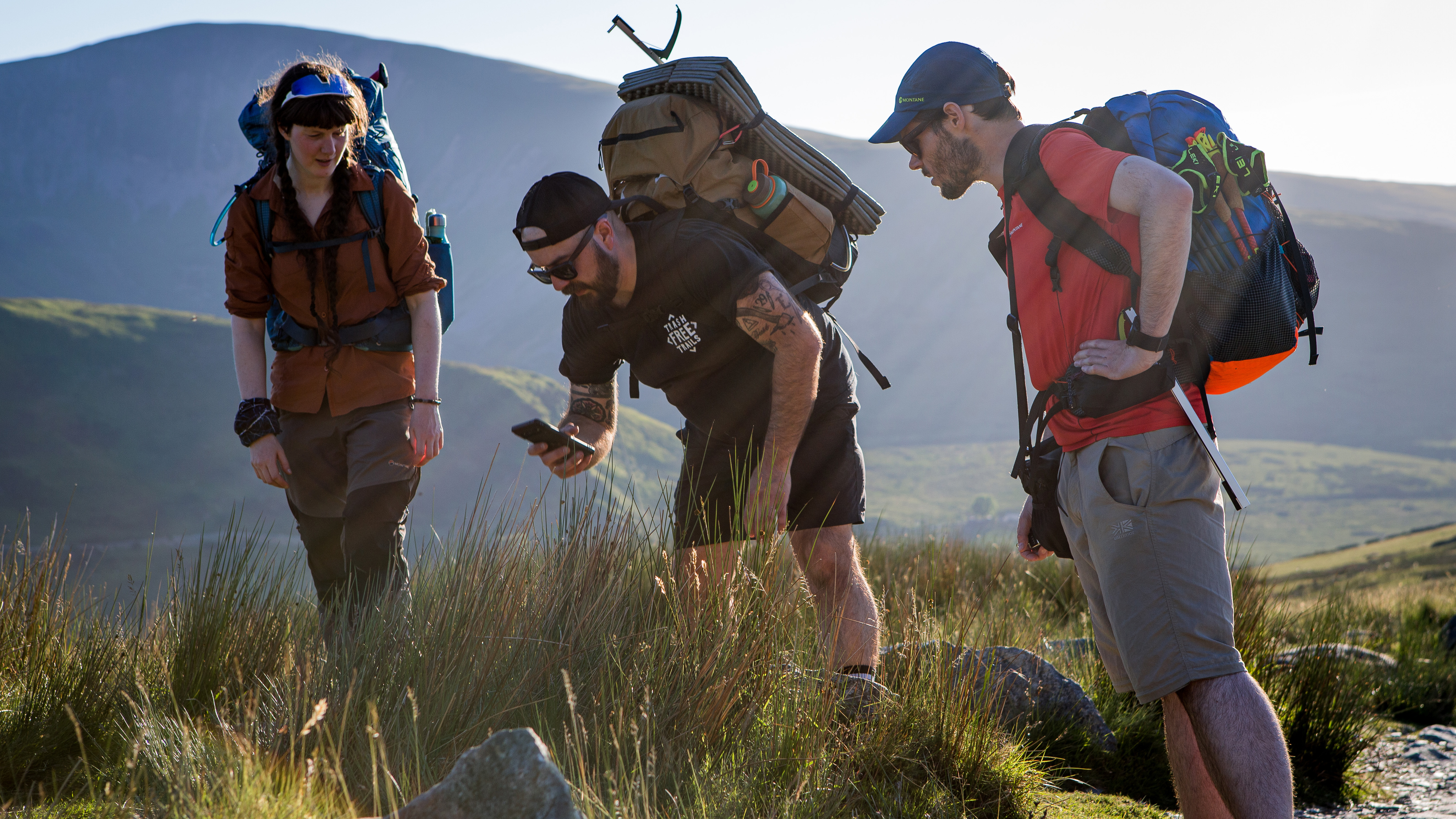
Leave the trail better than you found it
The concept is beautifully simple: Any mission that leaves a positive trace on the trails and landscape you explore, or on the hearts and minds of people you’re out and about with (including yourself), absolutely counts as a purposeful adventure.
There are myriad ways of taking on a purposeful adventure, either by yourself or with a crew of likeminded outdoor explorers. You’re limited only by your own imagination.
So, you might set out to do a litter pick, filling a bag with non-degradable rubbish as you cycle, stroll or run along a route. Alternatively, you could undertake a challenge to raise awareness of an issue that affects a trail or outdoor area, or don your citizen scientist hat and contribute to a wildlife survey by documenting butterflies, birds or bees you encounter in a woodland. Or you might devise an adventure that introduces and inspires a friend or family member to embrace the outdoors for the first time.
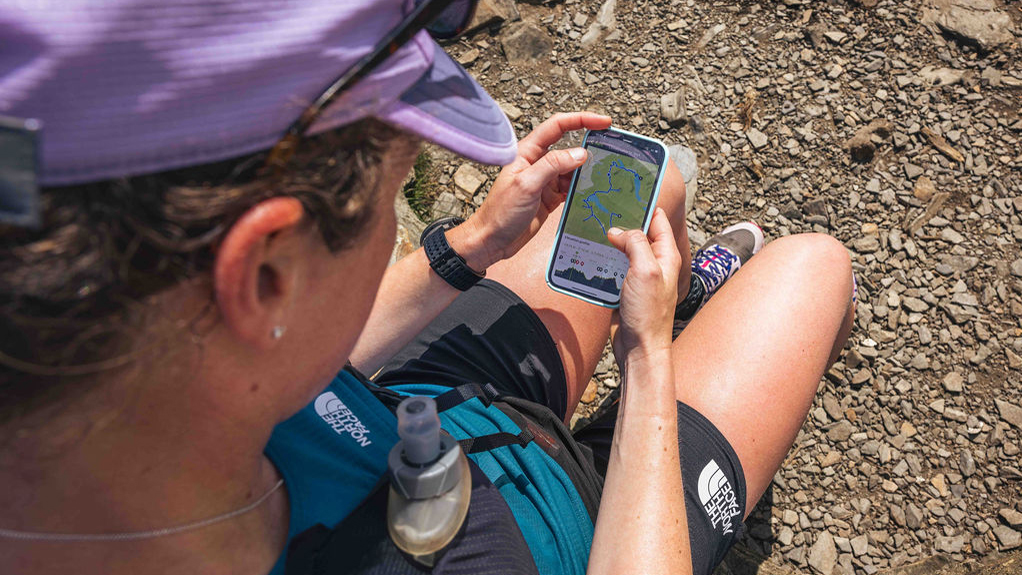
Positive planning
There are myriad ways of taking on a purposeful adventure, either by yourself or with a crew of likeminded outdoor explorers. You’re limited only by your own imagination. But the best, most rewarding and successful purposeful adventures are those that are well planned, and this is where komoot comes in.
Komoot is an app that provides all the tools required for you to create a purposeful adventure, and then share it with your friends and followers – tagging Trash Free Trails when you upload it. Used by over 35 million outdoor enthusiasts around the world, komoot’s easy to use route planner enables you to map out an adventure with confidence, because you can access other people’s experiences on the paths you intend exploring, see what the terrain is like and even check out the weather forecast for the day you intend going.
You don’t need to do anything particularly spectacular to join in with the purposeful adventure campaign – you can make a really meaningful difference to the state of a trail, or someone’s enjoyment of the outdoors, by incorporating a modest purpose in the kind of adventure pursuits you do on a weekly basis.
And an adventure can still be enjoyable and challenging, while also being full of positive purpose. A couple of years ago, environmentalist and ultrarunner Damian Hall set a new fastest-known-time record for completing the 268-mile Pennine Way, while picking up litter en route.
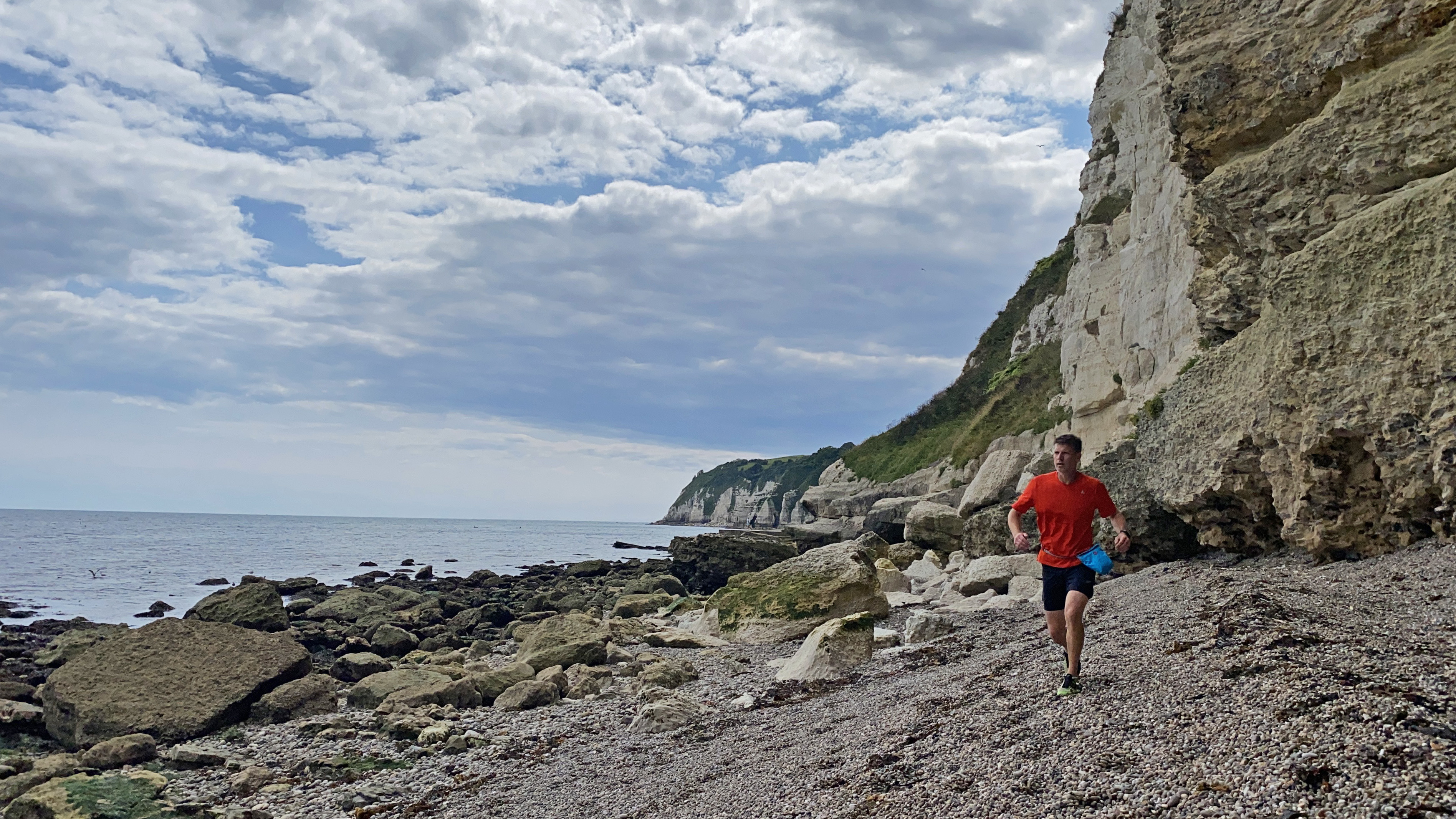
Plog with the dog
But you don’t need to attempt to break any records or do anything particularly extraordinary or spectacular to join in with the purposeful adventure campaign – you can make a really meaningful difference to the state of a trail, or someone’s enjoyment of the outdoors, by incorporating a modest purpose in the kind of adventure pursuits you do on a daily or weekly basis.
“One of the cool things about the Purposeful Adventures campaign is that there is such a broad scope,” says Rob Marshall from komoot. “Folk can get out on all different kinds of Purposeful Adventures.”
To prove this – to myself as much as anyone else – I planned a plogging adventure last week. Plogging, which originated in Sweden but has become popular all over the planet, is a combination of trail running and litter picking.
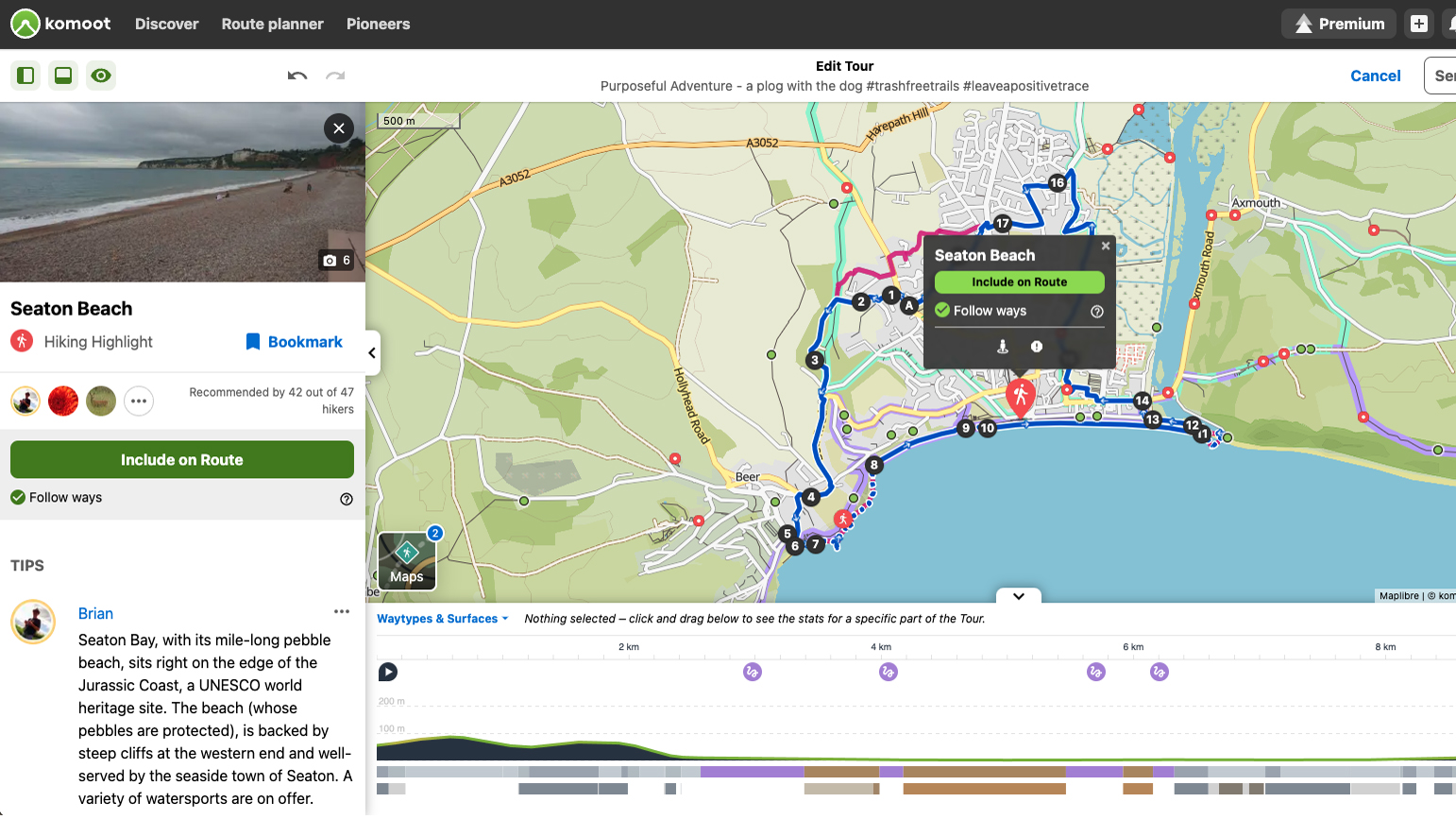
I do a bit of unplanned plogging pretty much every time I go for a run, picking up at least one piece of plastic and binning it as I go. But last week I jumped on komoot and planned a route along a section of the Jurassic Coast in Devon, between the village of Beer and the mouth of the River Axe in Seaton. The route was close to where I live, so I was able to access it without using any motorised transport (always a good start for a purposeful adventure) and then I collected non-biodegradable rubbish from the beach and footpaths as I went.
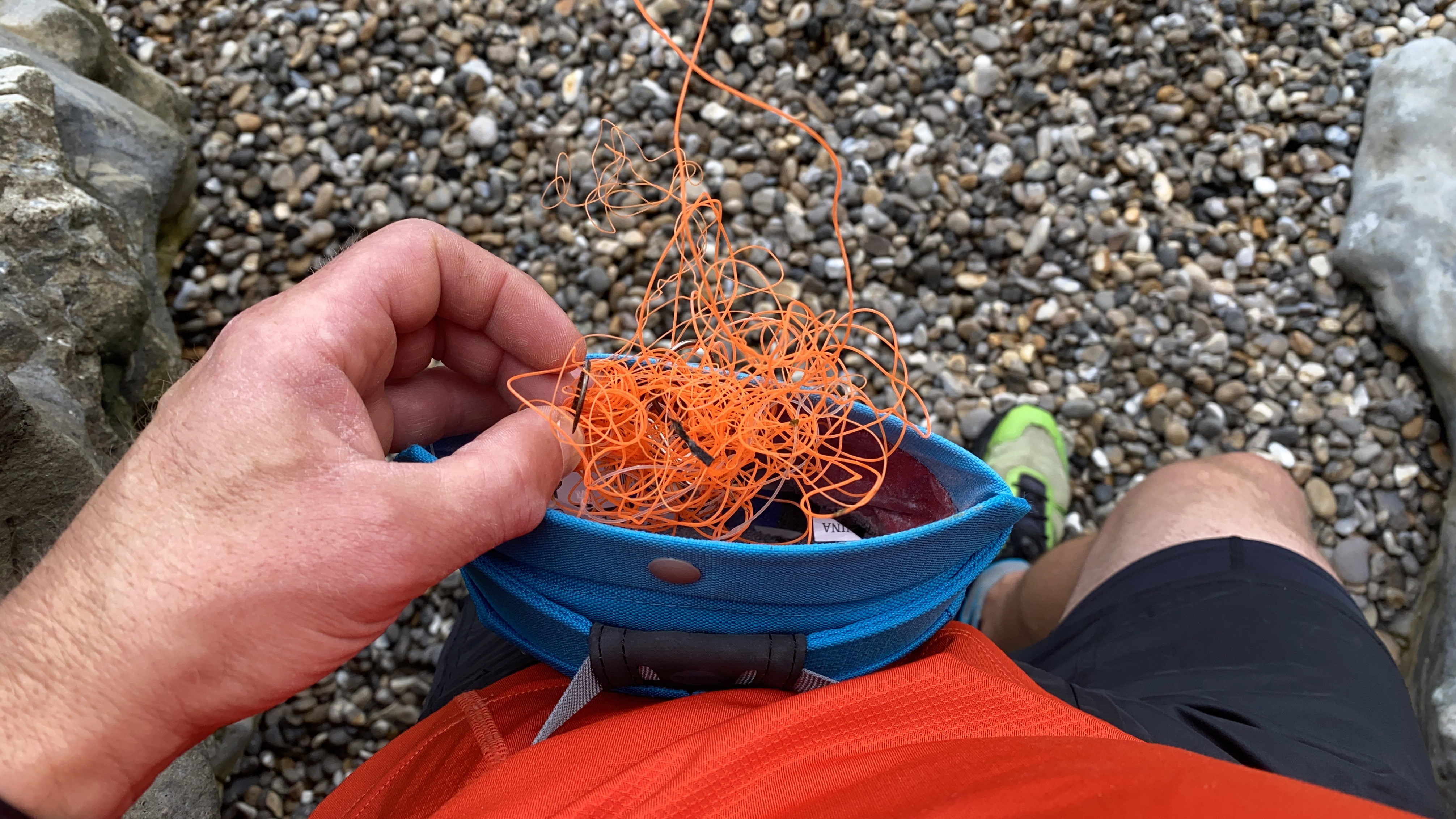
To enable me to gather more trash than I can usually, I wore a waistbelt with a chalk bag that I normally use for rock climbing, which worked really well, especially when I found a load of discarded fishing line covered in super-sharp barbed hooks that I would not have fancied carrying in my bare hands while clambering over rocks.
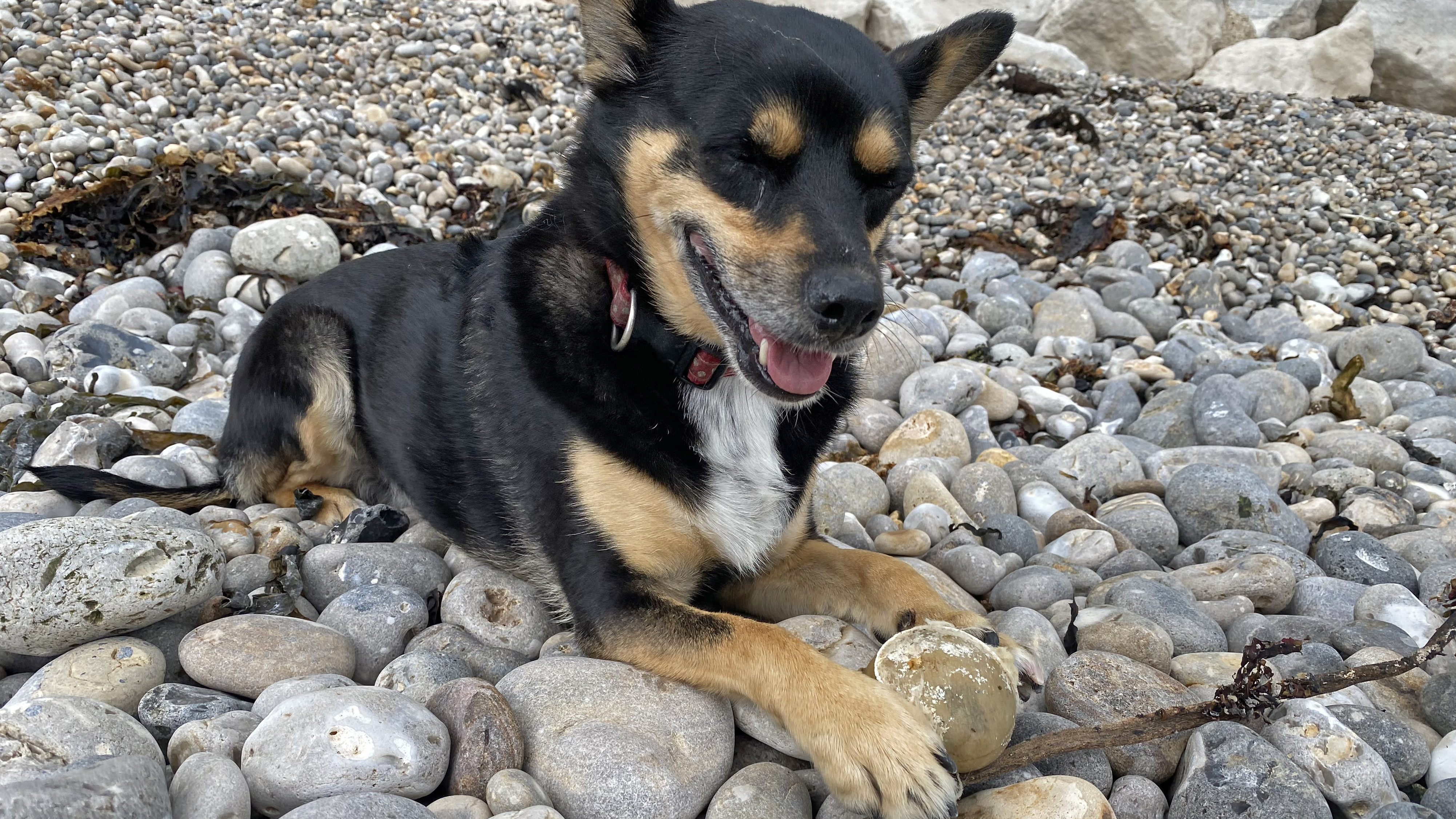
I ended up with a full bag of beachcombed trash and a couple of handfuls of larger items, like metal cans and plastic bottles, which I was able to deposit in a recycling bin at the end of the beach. Even my dog Rosie joined in, collecting a couple of old broken tennis balls along the way, which we eventually consigned to the bin (much to her disappointment).
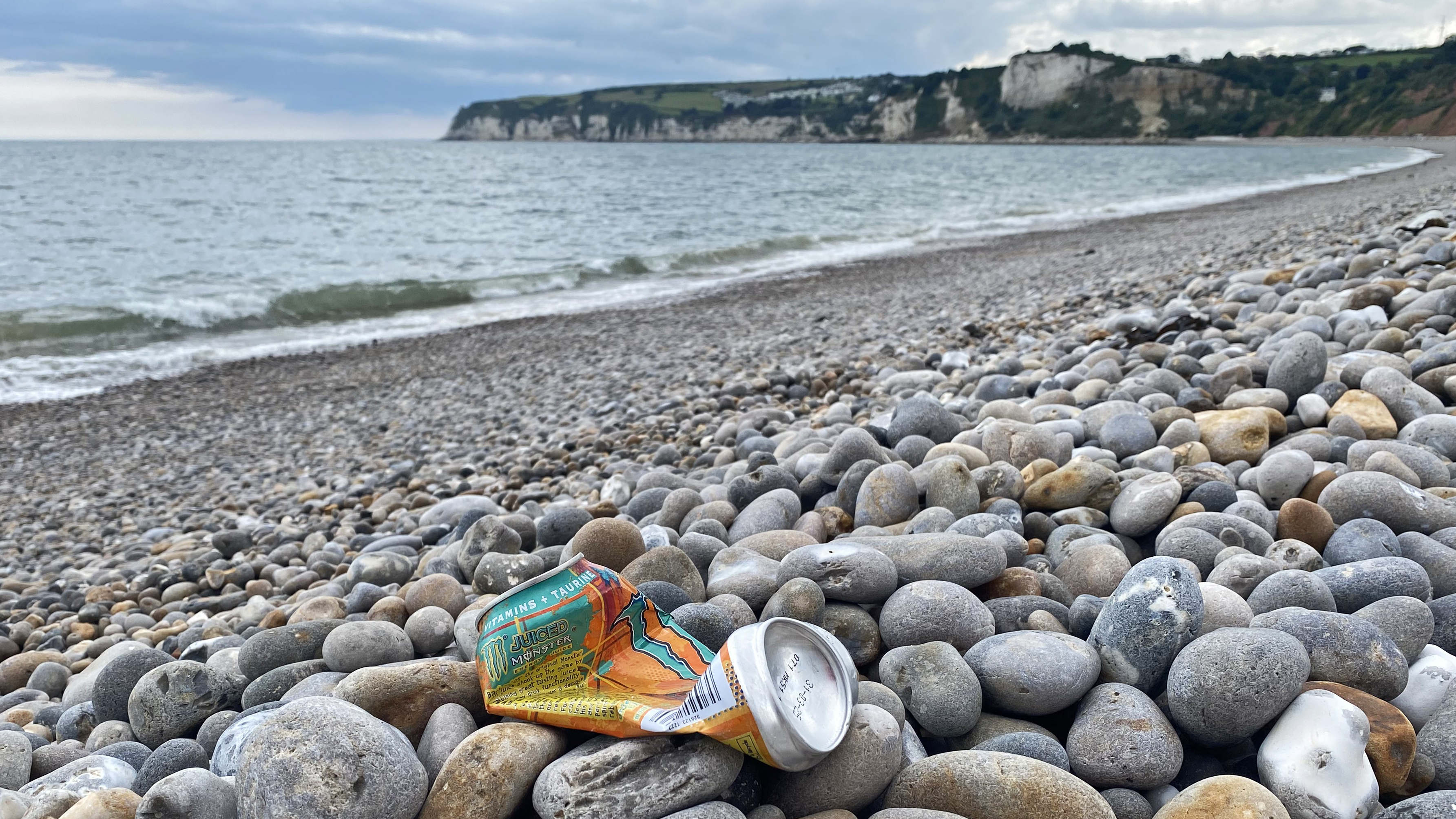
I enjoyed a great 10km run along a World Heritage-listed shoreline, and got the benefit of an extra buzz that came from the knowledge we had left the place in a better state than we’d found it. I shared my purposeful adventure on komoot, and I’m busy planning the next one. So that’s my story – what’s yours?








